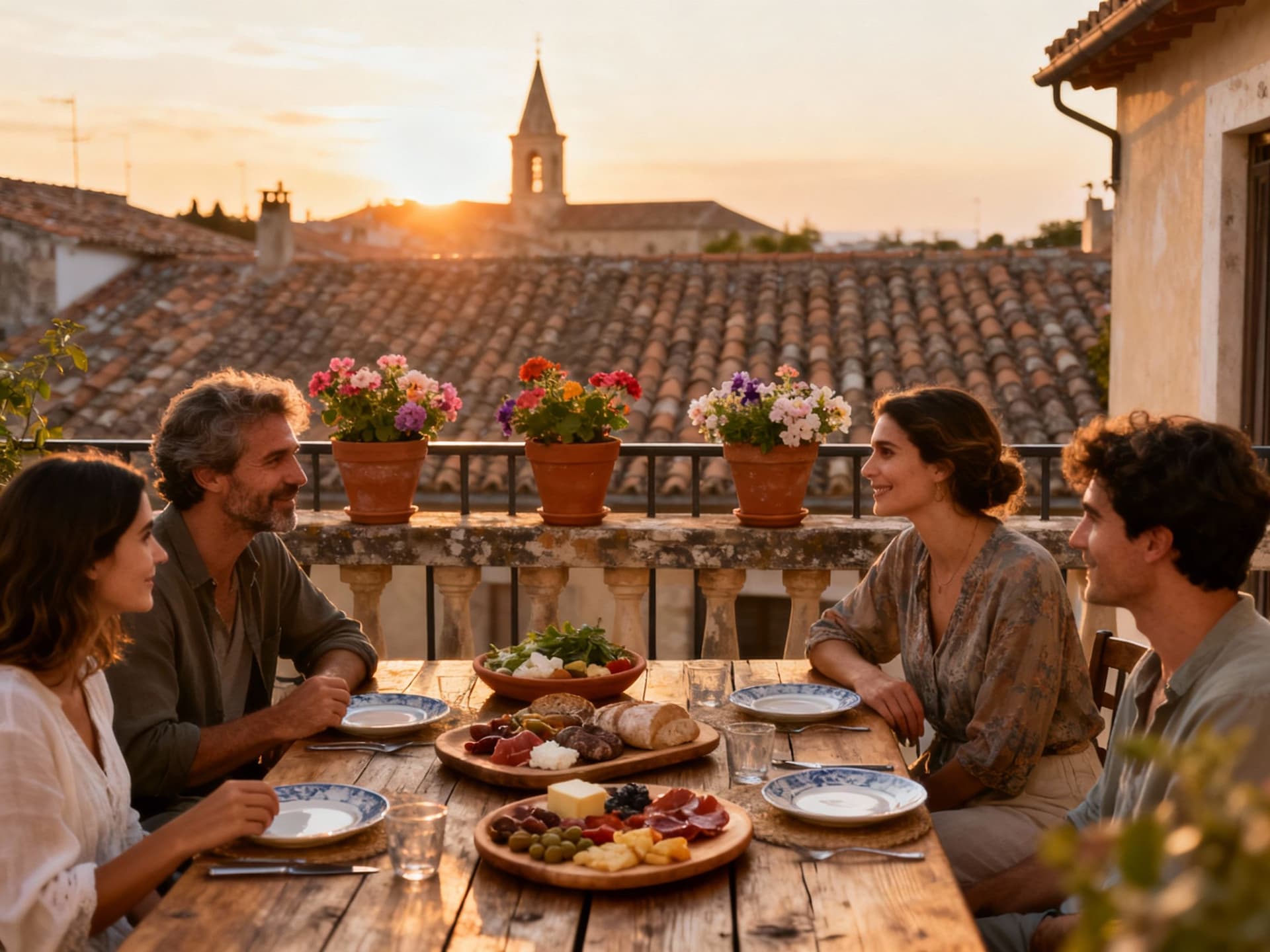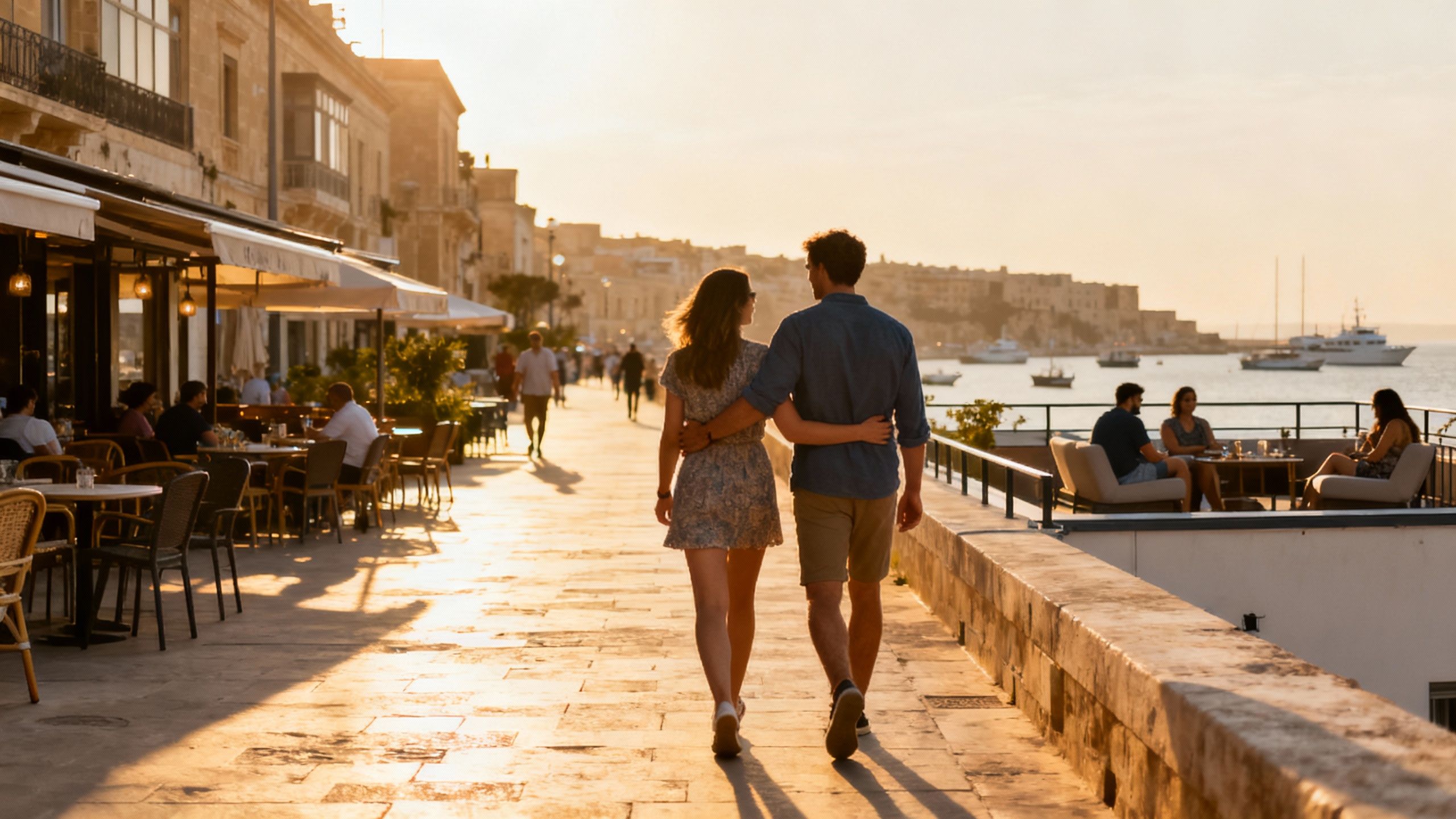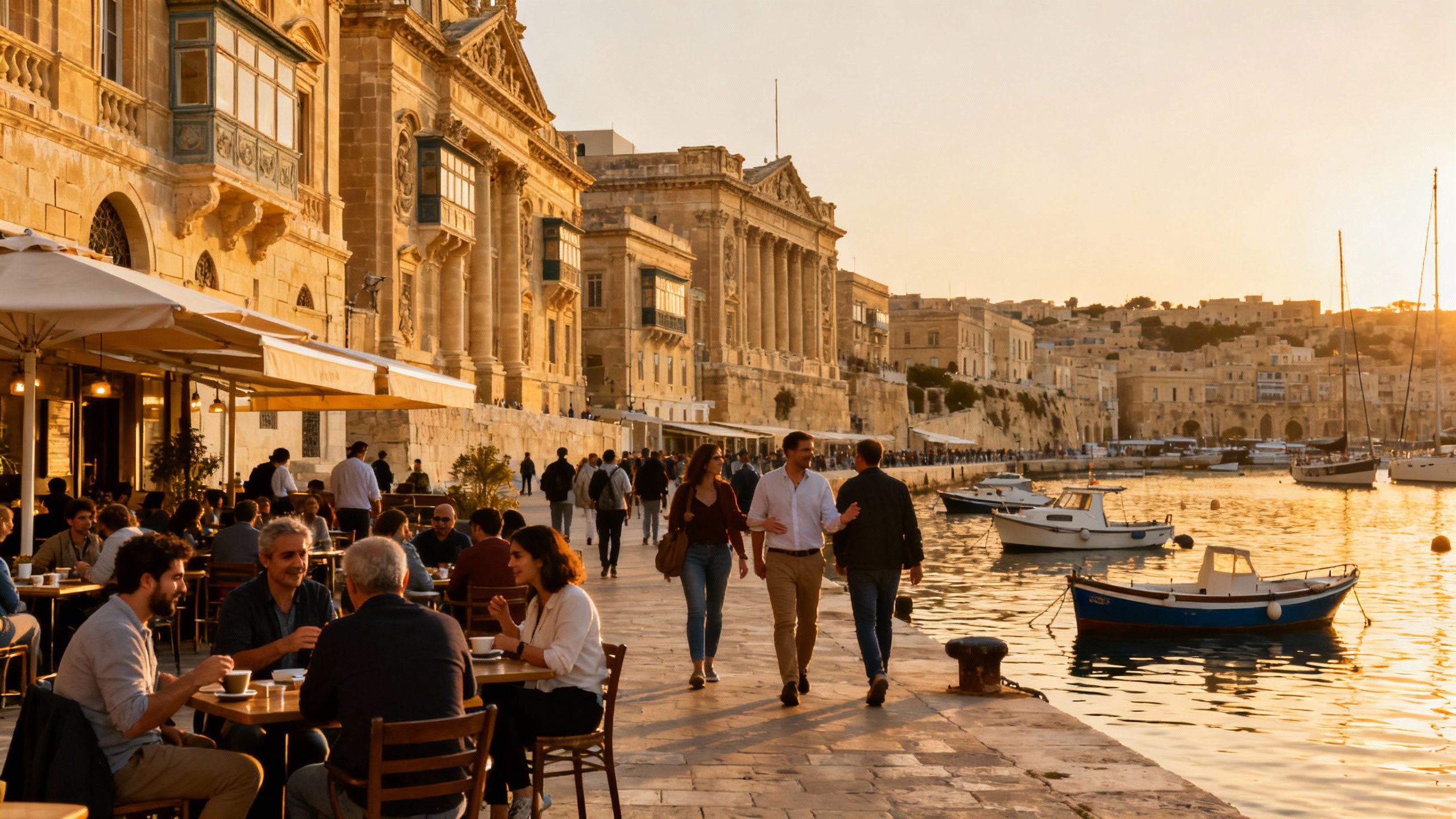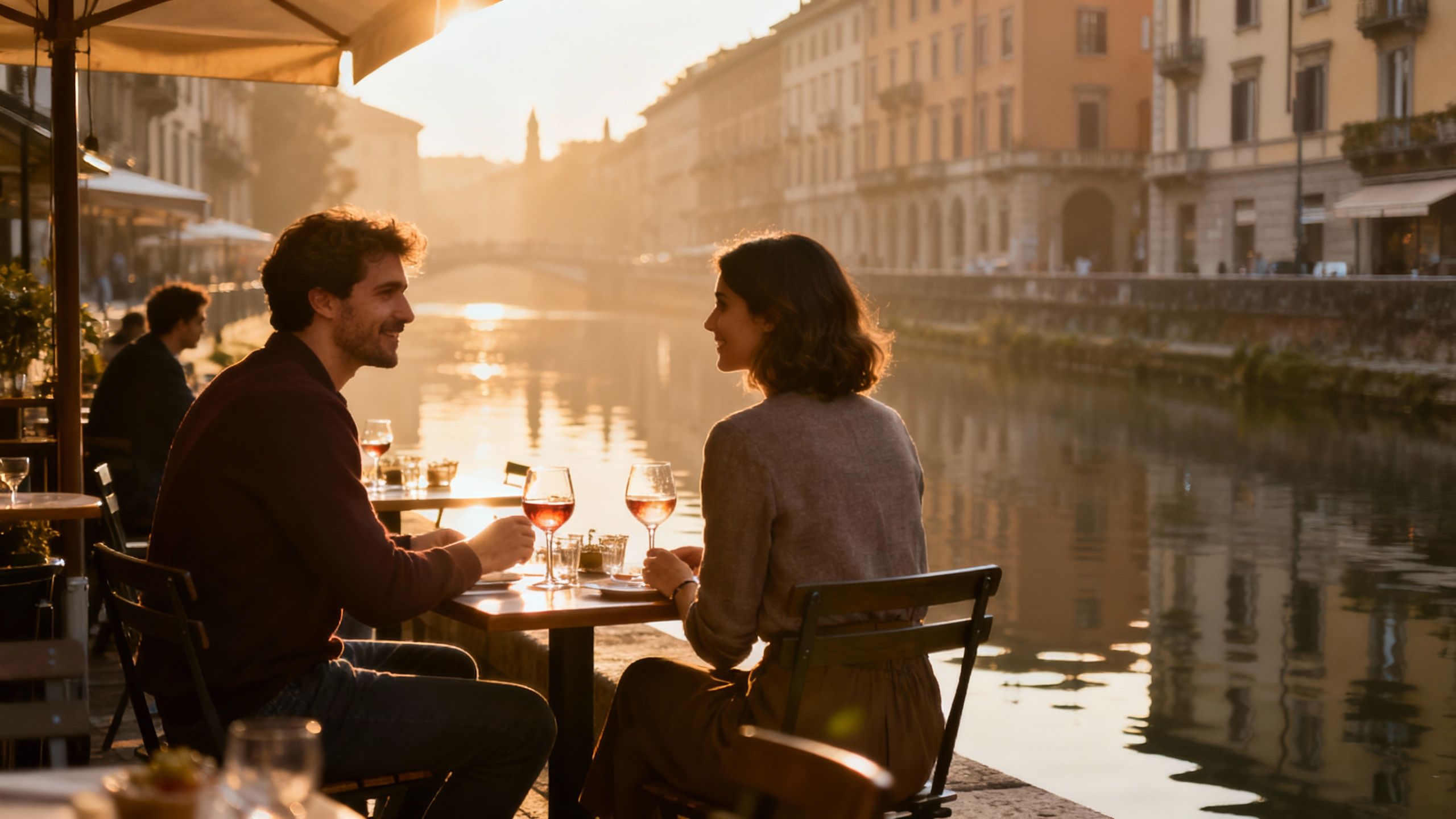Italy: Seasons, Streets and the Markets Behind the Romance
Italy offers seasonal, sensory living and regionally varied markets; ISTAT and Nomisma show modest 2025 price growth and regional divergence — marry lifestyle with local expertise.
Imagine a morning in Italy: espresso in a sun-warmed piazza, a baker's cart passing beneath shuttered façades, a fisherman arranging his day’s catch on the quay. That sense of rhythm — markets that open early, neighbourhoods that breathe with seasons, and architecture that quietly asserts a past — is what draws many of us here. Yet the Italy that seduces the heart and the Italy that behaves like a real-estate market are not always the same thing. This piece pairs the lived pleasures of Italian life with the contemporary data that matters to international buyers, from regional price shifts to policy nudges that change rental economics.
Living the Italy lifestyle

To live here is to choose a tempo: the disciplined cadence of Milan, the slow unhurried days of Puglia, the ritualised bustle of Florence’s markets. Streets are not merely transit zones but stages — cafés on the corner of Via del Governo Vecchio in Rome, aperitivo clusters under Milan’s Navigli arcades, or fishermen’s rituals at the Rialto at dawn. Sensory detail shapes decisions: terraces that capture the afternoon sun, vaulted cellars that remain cool in August, and window shutters that speak to both climate and vernacular style.
Neighbourhood spotlight: Trastevere to Brera
Trastevere in Rome keeps a village core within a capital: cobbles, ivy-draped palazzos, and trattorie where proprietors know your name. Brera in Milan is quieter by day and urbane by night, galleries and artisan ateliers defining the streets. For buyers these are not interchangeable luxuries; they are statements about daily life — proximity to small markets, the cadence of deliveries, and whether you prefer the theatre of tourists or the steadier rhythm of local commerce.
Food, festivals and local rituals
Markets and menus intertwine: harvest festivals in Tuscany shift the social calendar, coastal towns empty and refill with the seasons, and short-term rental demand spikes around cultural events. These cycles matter because they alter yield prospects and occupancy patterns; Nomisma’s outlook notes stronger rental dynamics and regional variations that follow tourism and employment centres. When you picture life here, include the public calendar — the sagra, the patron saint’s day, and the summer concert series — because they shape both pleasure and pound.
- Lifestyle highlights
- Morning espresso at Caffè Greco (Rome) or Pasticceria Marchesi (Milan) — routine and ritual
- Sunday market in Campo de' Fiori or Mercato Centrale — sourcing local produce and meeting neighbours
- Coastal promenades in Liguria and Puglia for late-afternoon walks and restorative light
Making the move: practical considerations

The romance of piazzas must align with market reality. Nationally, ISTAT reports modest year-on-year price growth through 2025 with regional divergence — stronger upticks in the North-East and stability in major centres — while transaction volumes have recovered from earlier dips. These patterns mean timing and region matter: northern provincial towns may offer steadier capital appreciation, while southern coastal districts often present stronger immediate value and rental yield potential.
Property types and how they shape life
A restored 18th‑century townhouse offers proportion, crafted cornices, and cellar humidity suited to wine storage; a modern penthouse grants controlled climate and insulation but often less character. Consider how roof terraces will extend your day between seasons, whether original timber beams require specialist maintenance, and how orientation affects heating costs and afternoon light. Your choice should reflect daily habits: do you want to step into a market, press into a studio of artisans, or retreat to a quiet garden?
Working with local experts
Local agents and notaries do more than open doors; they translate neighbourhood codes and the consequences of policy. Recent government proposals around short‑term rental taxation in tourist hubs, for example, can rapidly affect net returns and regulatory compliance. A practitioner who knows the artisans who repair terrazzo floors, the surveyors who understand masonry settlements, and the notaries who navigate cadastral oddities will save time and protect value.
- Steps to blend lifestyle and prudence
- Visit in two seasons — spring for markets and autumn for community life — to sense annual rhythms before committing
- Ask an agent for an itemised running-cost estimate that includes heritage maintenance, local taxes and expected insurance for older stone properties
- Commission a building survey from a local engineer experienced in masonry and seismic retrofitting where required
Insider knowledge: what expats wish they'd known
Expats often describe two surprises: first, how much local community matters — cobblers, greengrocers, and the small bar that becomes your social hub; second, how policy shifts can be local rather than national. Milan’s market, for instance, behaves differently from Rome’s and from Amalfi’s coastline — Nomisma has observed these city-specific dynamics. The practical upshot is this: cultivate local relationships early; they are both the social fabric and a pragmatic shield during transactional complexity.
Cultural integration and daily life
Language need not be perfect to belong, but a few gestures — greeting shopkeepers, learning market jargon, understanding the rhythm of riposo — change experience profoundly. Many international buyers find themselves invited to neighbourhood dinners and village fêtes within months; these small rituals are the quickest route to understanding which micro‑neighbourhoods will sustain a long-term life. Services such as local clubs, religious and cultural centres, and private language tutors are often decisive in choosing a district.
Longer view: stewardship and resale
Italy rewards patience. Historic cores in Siena or Lucca hold architectural provenance that outlasts short cycles; attention to materials, sympathetic restoration and documented provenance lift resale prospects. ISTAT’s quarterly indices show regional persistence in price differentials — the North-East’s steady rises versus more volatile coastal tourist markets — which suggests stewardship, not speculation, is the most reliable path to preserving value.
- Red flags to watch
- Unresolved cadastral mismatches or missing plans — insist on up-to-date visure catastali and professional surveys
- Promises of 'tourist income' without documentation — ask for real, anonymised occupancy and P&L for comparable properties
- Properties in areas with aggressive short‑term rental rules — confirm local ordinances before purchase
If the dream is an Italian life, the sequence matters: feel the place, test the routines, then engage experts who value provenance as much as price. Begin with neighbourhood visits, lean on a bilingual notary and a restoration-savvy surveyor, and choose an agent who can weave lifestyle preferences into market realities. With measured patience, Italy offers a life lived well and a property preserved as an heirloom.
Relocating from London to Mallorca in 2014, I guide UK buyers through cross-border investment and tax considerations. I specialise in provenance, design integrity, and long-term value.


